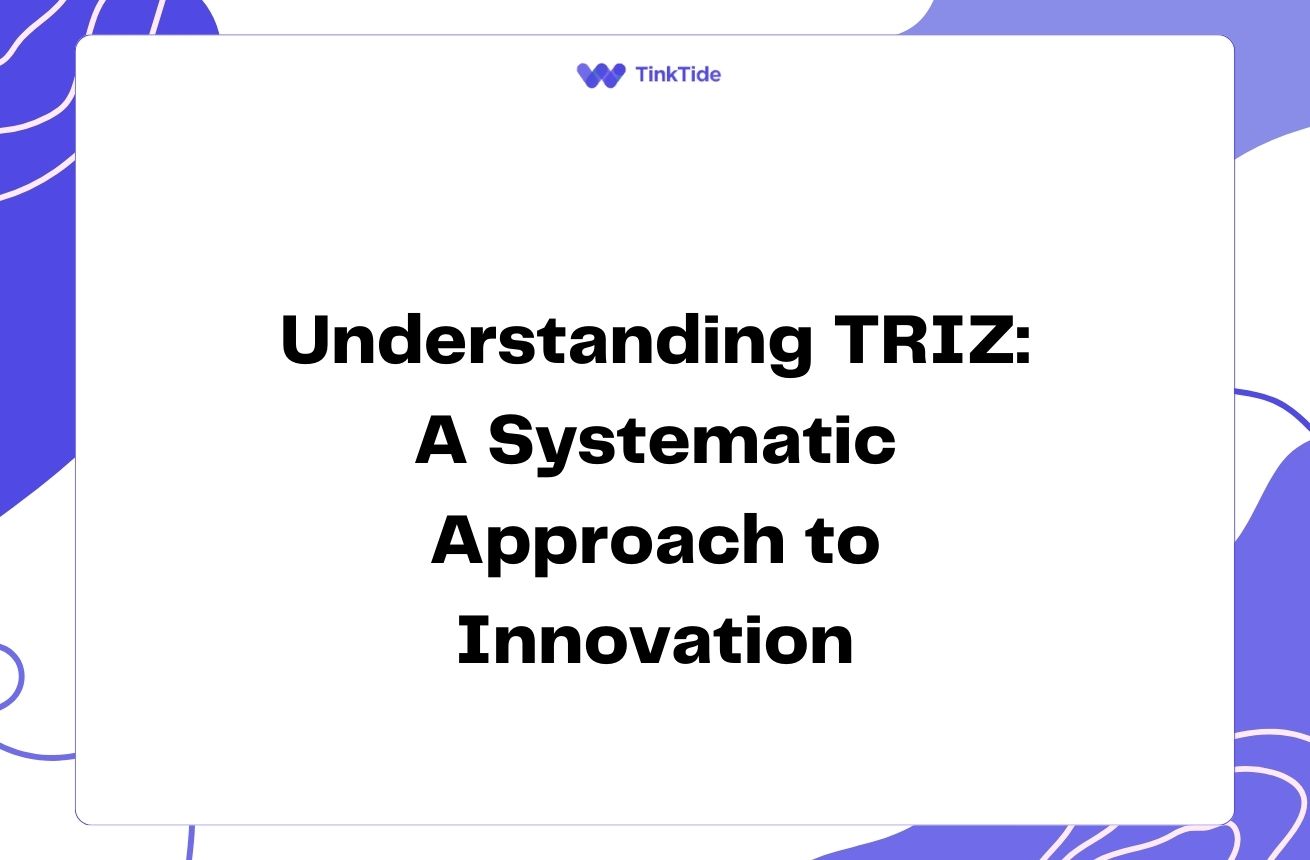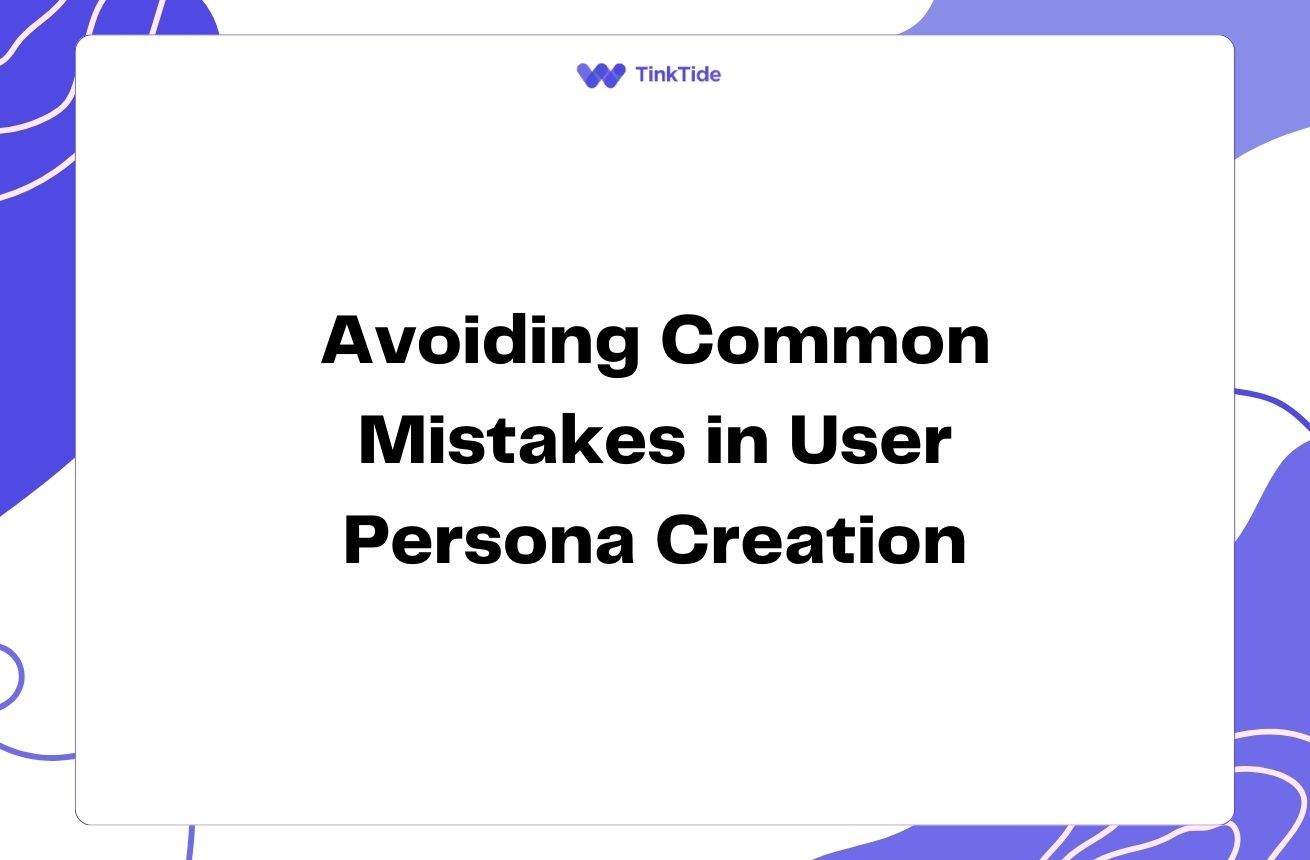10 Pitfalls to Dodge When Using the Business Model Canvas
Understanding the Business Model Canvas
The Business Model Canvas is a powerful tool for visualizing and developing business models. It provides a comprehensive overview of your business's key components, from value propositions to customer segments. However, like any tool, it's effectiveness depends on how you use it.
Many entrepreneurs and business leaders make common mistakes when working with the Business Model Canvas. These errors can lead to incomplete or inaccurate business models, potentially derailing your strategic planning efforts. By understanding these pitfalls, you can avoid them and make the most of this valuable business planning tool.
In this article, we'll explore ten common mistakes to avoid when using the Business Model Canvas. By steering clear of these errors, you'll be better equipped to create a robust and effective business model that truly reflects your company's potential and challenges.
The Top 10 Business Model Canvas Mistakes
Here's a quick overview of the most common pitfalls you should be aware of when working with the Business Model Canvas:
- Overlooking customer segments
- Neglecting the value proposition
- Misunderstanding revenue streams
- Ignoring key partnerships
- Underestimating cost structure
- Failing to iterate and update
- Overcomplicating the canvas
- Neglecting external factors
- Focusing too much on one area
- Not involving the team
1. Overlooking Customer Segments
One of the most critical mistakes is not properly defining or understanding your customer segments. Your entire business model revolves around your customers, so it's crucial to have a clear picture of who they are and what they need.
To avoid this mistake, spend time researching and defining your target audience. Create detailed customer personas that include demographics, behaviors, and pain points. This will help you tailor your value proposition and other elements of your business model to meet their specific needs.
Remember, it's not just about identifying who your customers are, but also understanding their motivations and challenges. This deeper insight will inform every other aspect of your business model, from your channels to your revenue streams.
2. Neglecting the Value Proposition
Your value proposition is the heart of your business model. It's what sets you apart from competitors and attracts customers. Yet, many people rush through this crucial element or fail to articulate it clearly.
To create a strong value proposition, focus on the unique benefits your product or service offers. How does it solve your customers' problems or improve their lives? Be specific and avoid generic statements. Your value proposition should clearly communicate why customers should choose you over alternatives.
Test your value proposition with potential customers. Their feedback can help you refine and strengthen this critical component of your business model. Remember, a compelling value proposition can be the difference between success and failure in the marketplace.
3. Misunderstanding Revenue Streams
Many entrepreneurs make the mistake of oversimplifying their revenue streams or failing to explore diverse options. Your revenue model is crucial for the sustainability of your business, so it deserves careful consideration.
Think beyond the obvious. Are there multiple ways you can monetize your product or service? Consider options like subscription models, freemium offerings, or tiered pricing structures. Each customer segment might have different willingness to pay, so tailor your revenue streams accordingly.
Don't forget to align your revenue streams with your value proposition and customer segments. The way you generate revenue should make sense for your target audience and the value you're providing. Be realistic about your pricing and ensure it covers your costs while remaining competitive in the market.
4. Ignoring Key Partnerships
In today's interconnected business world, partnerships can be a game-changer. Yet, many people overlook this section of the Business Model Canvas or treat it as an afterthought. This can lead to missed opportunities and inefficiencies in your business model.
Consider all types of potential partnerships: suppliers, distributors, technology providers, even competitors. Think about how these partnerships could enhance your value proposition, reduce costs, or help you reach new markets. Strategic alliances can provide resources and capabilities that would be difficult or expensive to develop in-house.
When identifying key partners, look for win-win relationships. What can you offer potential partners, and what do you need from them? Be specific about the role each partner will play in your business model. Remember, strong partnerships can be a significant source of competitive advantage.
5. Underestimating Cost Structure
A common pitfall when using the Business Model Canvas is not fully accounting for all costs associated with running the business. This can lead to unrealistic financial projections and potential cash flow problems down the line.
Take the time to thoroughly analyze your cost structure. Include both fixed and variable costs, and don't forget about often-overlooked expenses like marketing, customer acquisition, or regulatory compliance. Consider how your costs might change as you scale your business.
It's also important to understand the relationship between your cost structure and other elements of your business model. For example, how do your key activities drive costs? Are there ways to optimize your cost structure through partnerships or by changing your resource allocation? A clear understanding of your costs will help you make informed decisions about pricing and resource management.
Avoiding These Common Mistakes
To steer clear of these pitfalls and create a robust Business Model Canvas, follow these steps:
- Research thoroughly: Spend time understanding your market, customers, and competitors.
- Be specific: Avoid vague statements and provide concrete details in each section.
- Stay customer-focused: Always consider how each element relates to your target audience.
- Iterate and refine: Treat your canvas as a living document and update it as you learn and grow.
- Seek feedback: Share your canvas with mentors, team members, and even potential customers for input.
Frequently Asked Questions
Here are some common questions about using the Business Model Canvas effectively:
How often should I update my Business Model Canvas?
You should review and update your Business Model Canvas regularly, especially when you're just starting out or experiencing significant changes in your business environment. Aim for at least a quarterly review, but be prepared to make adjustments more frequently if needed. Your canvas should evolve as your business grows and as you gain new insights about your market and customers.
Can I use the Business Model Canvas for an existing business?
Absolutely! The Business Model Canvas is not just for startups. It's an excellent tool for existing businesses to reassess their current model, identify areas for improvement, or explore new opportunities. Using the canvas for an established business can help you visualize your current operations, spot inefficiencies, and discover potential innovations.
How detailed should each section of the canvas be?
The level of detail in each section should be sufficient to clearly communicate your ideas without overwhelming the canvas. Aim for concise, specific points rather than lengthy explanations. You can always expand on these points in separate documents. The goal is to create a high-level overview that captures the essence of your business model and sparks meaningful discussions.
Should I create multiple canvases for different scenarios?
Creating multiple canvases can be very useful, especially when you're considering different strategic options or targeting various customer segments. You might create separate canvases for different product lines, market segments, or future scenarios. This allows you to compare and contrast different approaches and make informed decisions about your business strategy.
How can I ensure my team is aligned when using the Business Model Canvas?
To ensure team alignment, involve key team members in the process of creating and updating the canvas. Hold collaborative sessions where you can discuss each element of the canvas together. Encourage open dialogue and debate about different perspectives. Once you've created the canvas, make it easily accessible to all team members and refer to it regularly in strategy discussions and decision-making processes.
Additional Resources
Business Model Generation
The original book by Alexander Osterwalder that introduced the Business Model Canvas
Strategyzer
Official website with tools and resources for using the Business Model Canvas
Canvanizer
Free online tool for creating and sharing Business Model Canvases
Harvard Business Review: A Better Way to Think About Your Business Model
Insightful article on effective use of the Business Model Canvas
IDEO U: Designing a Business
Online course that covers business model innovation using the canvas
Key Takeaways
The Business Model Canvas is a powerful tool for visualizing and developing your business strategy. By avoiding common mistakes like overlooking customer segments, neglecting the value proposition, or underestimating costs, you can create a more robust and effective business model.
Remember to treat your canvas as a living document. Regularly review and update it as you gain new insights and as your business evolves. Involve your team in the process and seek feedback from mentors and potential customers to ensure your model is as strong and realistic as possible.
By using the Business Model Canvas thoughtfully and avoiding these common pitfalls, you'll be better equipped to develop a successful, sustainable business strategy. Start applying these insights today to strengthen your business model and drive your company's growth.
Ready to Build Your Business Model?
Use our intuitive tools to create and refine your Business Model Canvas.
Start Your Free Trial

